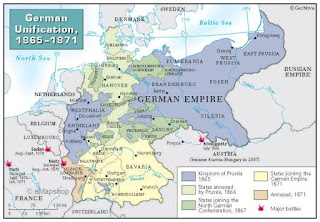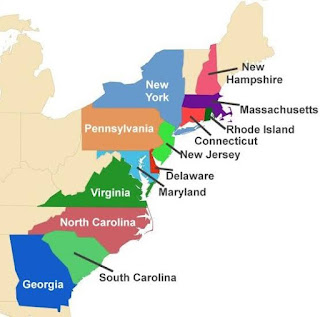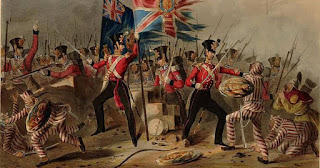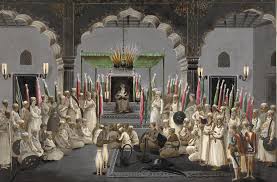ISRAEL: FACTS HISTORY & MAP

• Why Israel created in 1948 ? 1) Historical grievances of Jews:---- a) Roman persecution: In 71 AD, Jews were driven out of Palestine by Romans and they settled in different parts of the world including US. Gradually, over years many Jews returned from exile but their population was not significant to make Arabs anxious.. b) World Zionist Organization (1897): I t was formed in Switzerland. Zionist means people who wanted Jews to return to their homeland, Palestine and form a Jewish state of their own. Problem was Palestine was now inhabited mainly by Arabs who were now threatened by loss of their “homeland”. c) Nazi persecution : This resulted in high influx of refugee European Jews, who were looking for a home, into Palestine and by 1940 half the population of Palestine was Jewish. Nazi persecution and with change in demography of Palestine, the demand for Israel as a separate state grew . 2) How creation of Israel became inevitable and how middle path solution...








